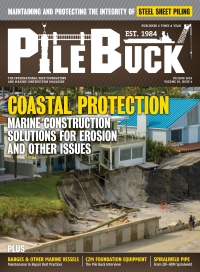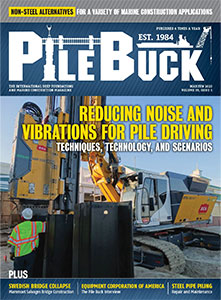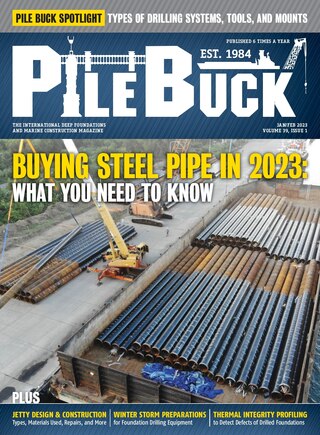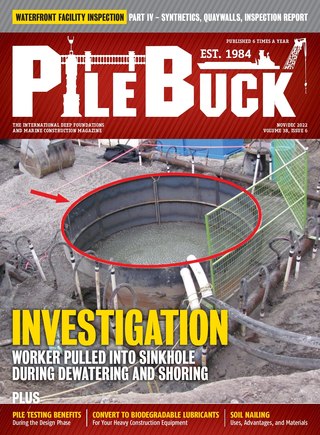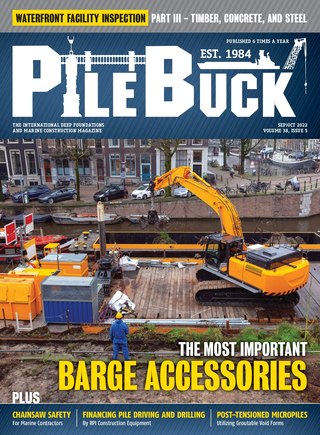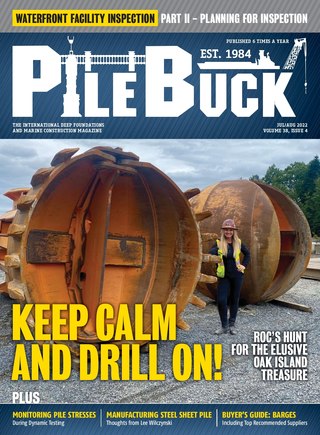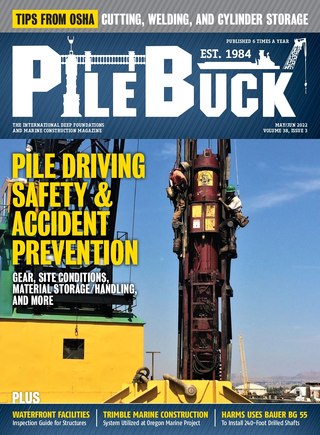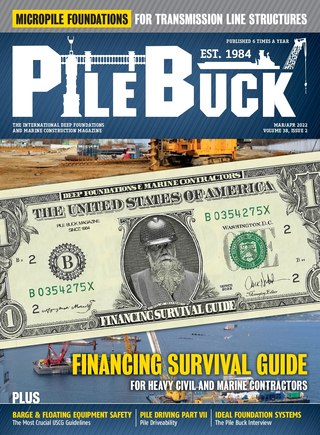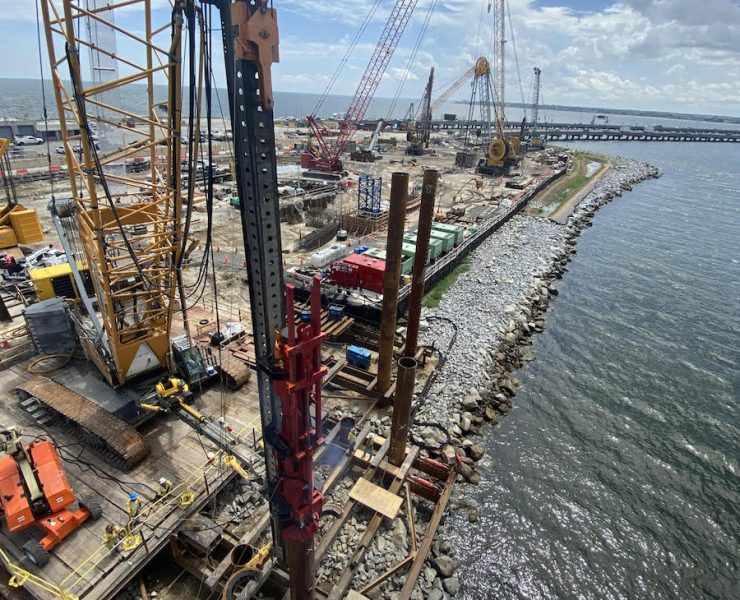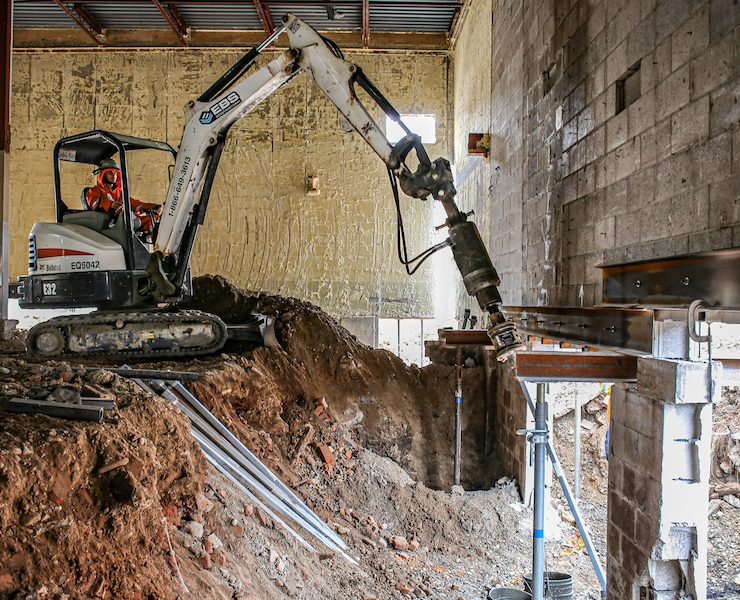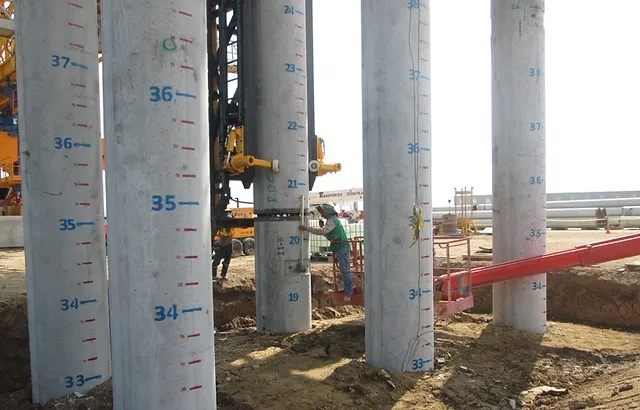Highways and Aging Infrastructure
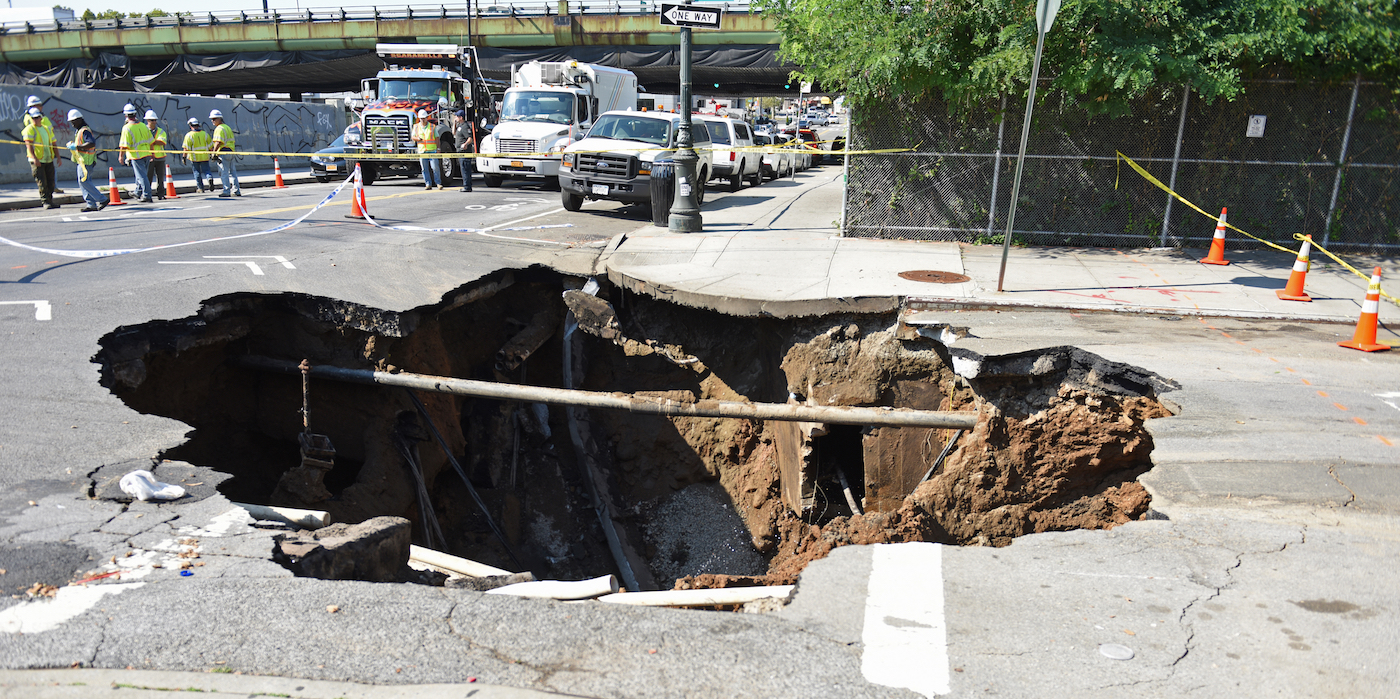

Click here to view the complete article.
On August 1. 2007, the I-35W Mississippi River Bridge in Minneapolis collapsed during rush hour, killing 13 people and injuring 145.
When examined after the collapse, it was discovered that there was a flaw in the design of the bridge. At the time of collapse, the bridge was overloaded. The combination of the design flaw, overloading and spotty inspections resulted in a catastrophic failure.
The tragedy brought attention to the fact that America’s infrastructure, especially its bridges, were aging and badly in need of repair.
Five years later, another bridge collapsed. This time it was the Eggner Ferry Bridge in Kentucky.
The bridge collapsed after a ship collided with it, but it, too, was carrying more cars than it had been designed for 70 years prior.
In the years since, it’s become commonly accepted that America’s infrastructure needs to be repaired and updated for the 21st century. Our roads and bridges were built decades ago. Years of wear-and-tear means that many need repairing.
But even more than that, our infrastructure handles many more vehicles than they were designed to carry. This can result in catastrophic failures like the tragedy in Minneapolis.
There have been countless articles, TV segments, think-tank reports, and congressional hearings on the subject.
The Chamber of Commerce and the AFL-CIO even joined together to highlight the issue.
In a study for the Reason Foundation, transportation expert Robert Poole estimated that in the next 20 years, fixing our interstate highways would cost around $1 trillion, with $600 billion going to rebuilding costs and $400 billion to increase capacity.
It’s an elephant in the room can’t be ignored any longer, especially when the situation seems to be getting worse.
By the end of this summer it appeared like the Highway Trust Fund, which provides money for highway construction, maintenance, and mass transit projects, was going to run out of money. Although Congress passed a short-term stop-gap measure, to fund existing projects, the fund will seemingly only support highway reimbursements for a few more months.
The Highway Trust is funded by the federal fuel tax currently set at $0.184 per gallon on gasoline and $0.244 per gallon of diesel fuel and related excise taxes.
According to economist Jeffrey Sachs, in 1993, $0.184 represented a roughly 40 percent tax on gasoline. With the higher fuel prices today, the tax rate is only around 12 percent of the price of gasoline.
However, since 1993, the country’s population has grown by a fifth and the infrastructure is 22 years older.
The costs involved in road repair, such as labor costs and material prices, have increased greatly. These higher costs taken out of a fund whose money coming in has stayed the same, are the most damaging to the fund’s solvency.
Infrastructure is also more expensive in the United States than any other country. A March 2014 article in The Week laid out how much of an issue this was. The cost of infrastructure is substantially more than the cost in other developed countries (that’s not to mention places like China). The second most expensive place is the UK, which is still half as much the cost of the US. The cost of infrastructure in Spain is around 10 to 20 times less than it is in America. The article argued that there are 3 reasons for this; high cost of labor in the US, over-reliance on expensive private contractors, and an inefficient procurement process.
Despite calls from state governments, experts, and even the occasional congressman, the fuel tax hasn’t been raised in over 20 years.
The reason is obvious: few politicians want to increase taxes.
Raising the fuel tax is doubly difficult because the price of gas has gone up substantially over the years, and consumers are very firm in their opinion that they already pay enough for gas as it is. Increasing the fuel tax, even when prices are low as they are at the moment, is a really tough sell.
The advocacy group, Transportation for America, argues that the federal fuel tax should be increased $0.17 to $0.354 a gallon. They have a number of other possible alternative sources of money that would boost the coffers of the Highway Trust Fund:
• Replace the current, flat $0.184 per gallon tax with an 11 percent tax on total dollar sales amount.
• Introduce a fee of $4 on each barrel of oil. This has the advantage of pushing the increase upstream away from the consumer.
• Add a sales tax of 5.5 percent to fuel purchases.
• Index the gas tax to construction costs and raise one of the above options a lesser amount.
More funding is crucial to improve the quality of our roads. State governments are particularly feeling the strain. The uncertainly of the Highway Trust Fund makes it difficult to plan and budget for multiyear projects.
Many states face the same problem of having low state gas taxes that were last raised decades ago and have not kept up with inflation.
Some states, including Georgia and Iowa, have raised fuel taxes (Georgia switched to a sales tax on fuel, which some argue is the simplest fix). But others, such as Kentucky and North Carolina, actually passed legislation to prevent automatic raises from going into effect.
Voters in Massachusetts and Michigan recently soundly-defeated measures to increase state gas tax.
Infrastructure has always been a disputed issue in America. One of the most polarizing subjects in the early days of the republic was the idea of a national bank, one of the aims of which was to fund projects to create transportation networks throughout the vast country.
Presidents like Thomas Jefferson and Andrew Jackson were strongly opposed to the concept of a national bank. The very idea of bridges, roads and canals became an ideological dispute.
One of the main political parties of the era, the Whigs, made “internal improvements,” that is government investment in infrastructure, the party’s main cause.
But the voters and their representatives never got behind the idea. To this day, American roads lag behind those of other developed nations.




